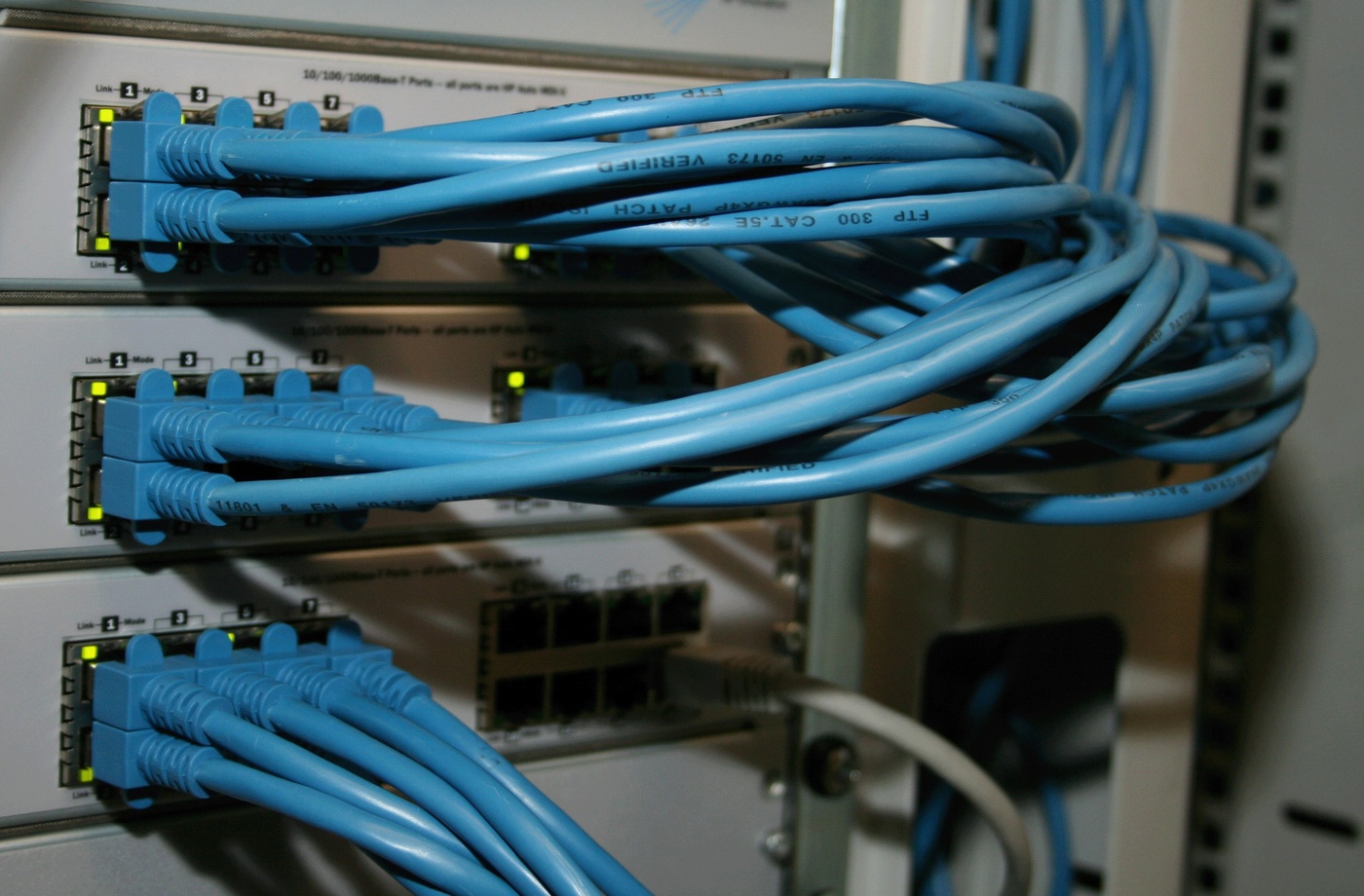Bundling phone, internet, and TV can seem like a smart move—one provider, one bill, one discounted rate. But many households end up paying for more than they use, stuck in contracts with hidden fees or bloated channel packages. To make a bundle work in your favor, you need to understand what’s included, what’s optional, and how to keep costs down long term.
Here’s how to build a smart bundle without overpaying.
- Start with What You Actually Use
Before signing up for any bundle, list what services you need. Do you still use a home phone line? Are you watching cable or streaming most content online? Could you downsize your internet speed based on usage?
If you’re mainly streaming (Netflix, YouTube, Hulu), you may not need a TV package at all. Use a bandwidth calculator like HighSpeedInternet.com’s tool to determine how much internet speed your household requires.
- Compare Bundles from Different Providers
Most major providers like Xfinity, Spectrum, AT&T, and Optimum offer multiple bundle options with various price points. Use tools like Connect Home Services or CableTV.com to compare bundles in your area by speed, channel lineup, and price.
Watch for introductory rates that increase after 12 months, and make sure the contract length is clear.
- Watch Out for Hidden Fees
Bundle prices often don’t include all the fees you’ll see on your final bill. Common charges include:
- Equipment rental fees for modems, routers, or DVRs
- Regional sports fees
- Broadcast TV fees
- Installation or activation charges
- Early termination fees if you leave the bundle early
These can add $20–$40+ to your monthly total. Review the fine print and ask for a sample bill before committing.
- Don’t Be Afraid to Negotiate
Bundled pricing is rarely final. Call your provider and ask about unadvertised deals, loyalty discounts, or price-match options. Be ready to walk away or switch providers—many will offer a discount just to keep your business.
If you’re still under contract, ask about early termination fee waivers if you re-bundle under a new promotion.
- Consider Internet-Only and Add Services Separately
Sometimes you’ll save more by choosing a high-speed internet plan and pairing it with standalone streaming platforms like YouTube TV, Sling TV, or Hulu + Live TV. This allows more flexibility and no long-term contracts.
Compare pricing on JustWatch to see what streaming services carry your favorite channels before committing to a full TV bundle.
- Use Cashback Tools When Paying Monthly Bills
If your bundle includes services from AT&T, you can earn cashback with an AT&T gift card when you pay your monthly bill through Fluz. This applies even to bundled plans, helping you reduce your overall cost. Likewise, if your internet or mobile service is through Verizon or T-Mobile, you can get rewards with a Verizon gift card or buy a T-Mobile gift card with cashback before paying your bill.
Visit the Fluz homepage to find available gift cards and cashback rates for your service providers.
- Schedule an Annual Bundle Checkup
Service needs change over time. Review your usage, TV habits, and billing statements at least once per year. Cancel unused channels, downgrade internet speeds if applicable, and re-negotiate your rate if you’re out of contract.
Final Thoughts
Bundling can save money—but only when it’s built around your actual needs and usage. By avoiding unnecessary features, watching for hidden fees, and using smarter payment methods like gift card cashback, you can take full control of your monthly costs without sacrificing service quality.



